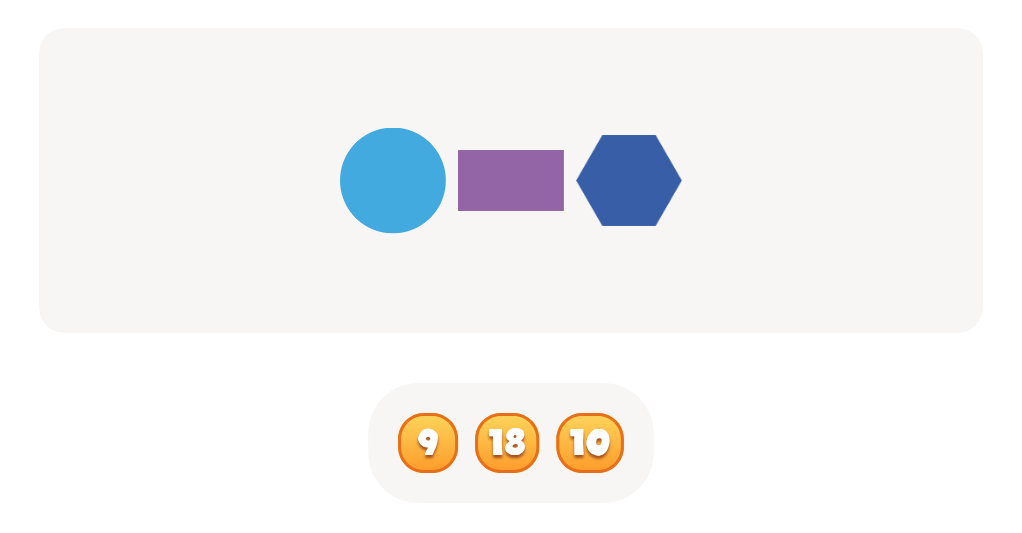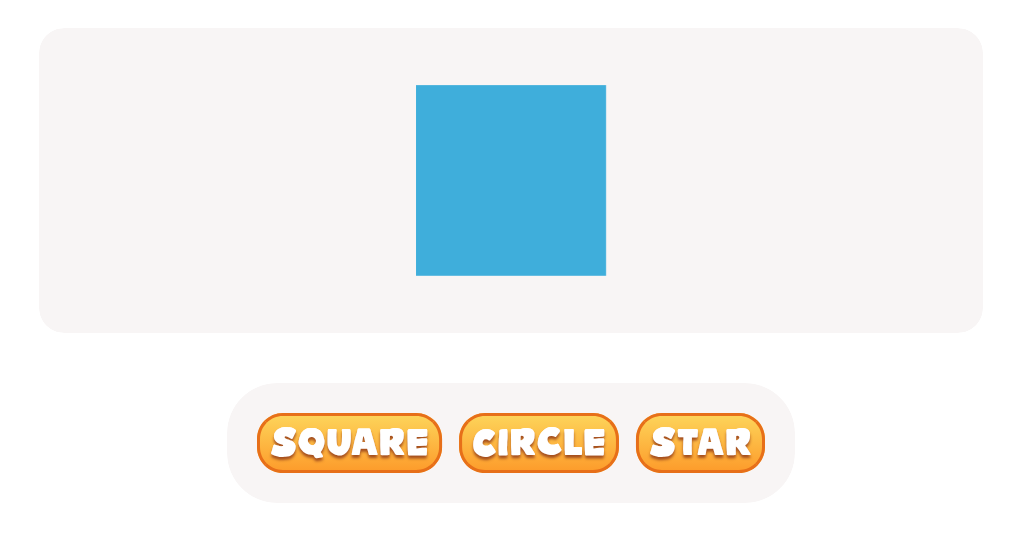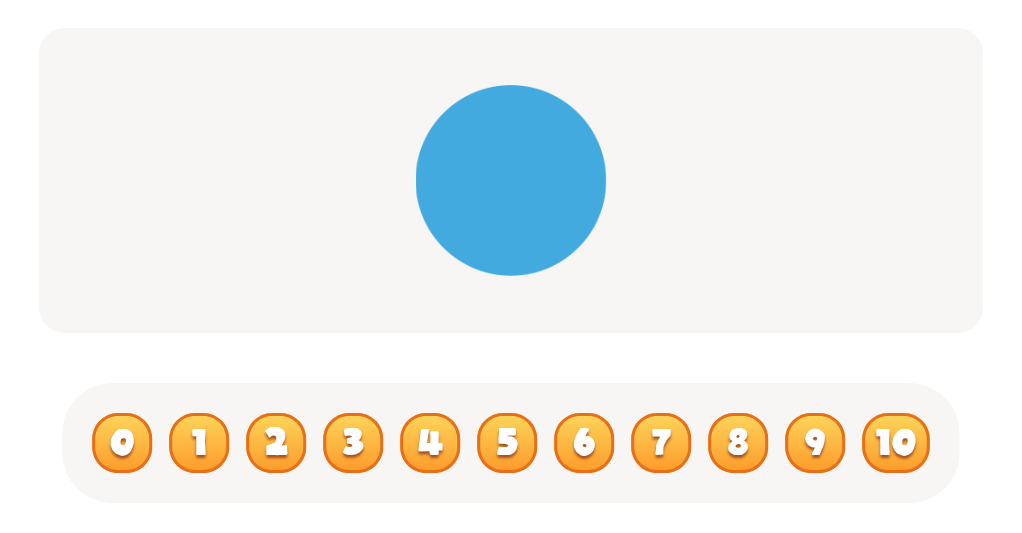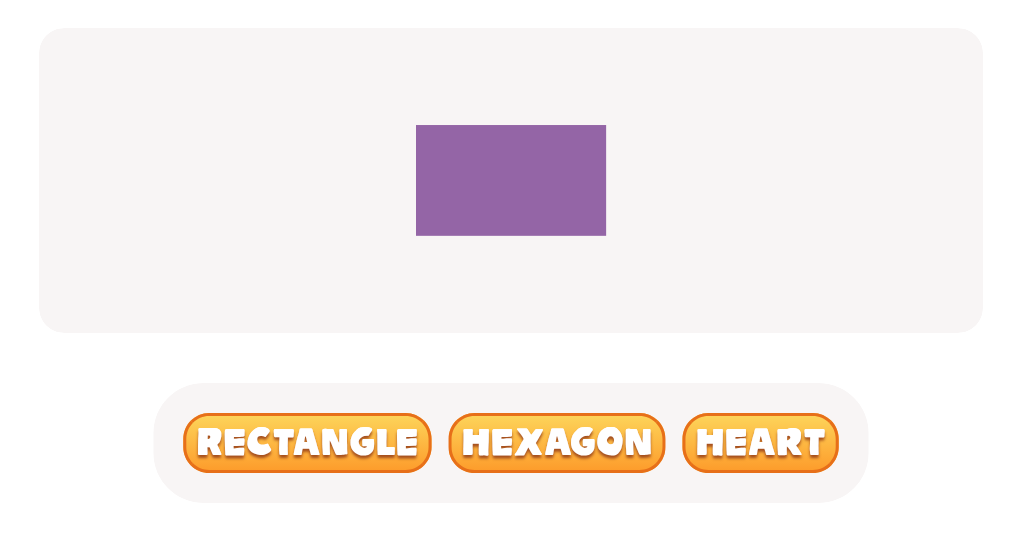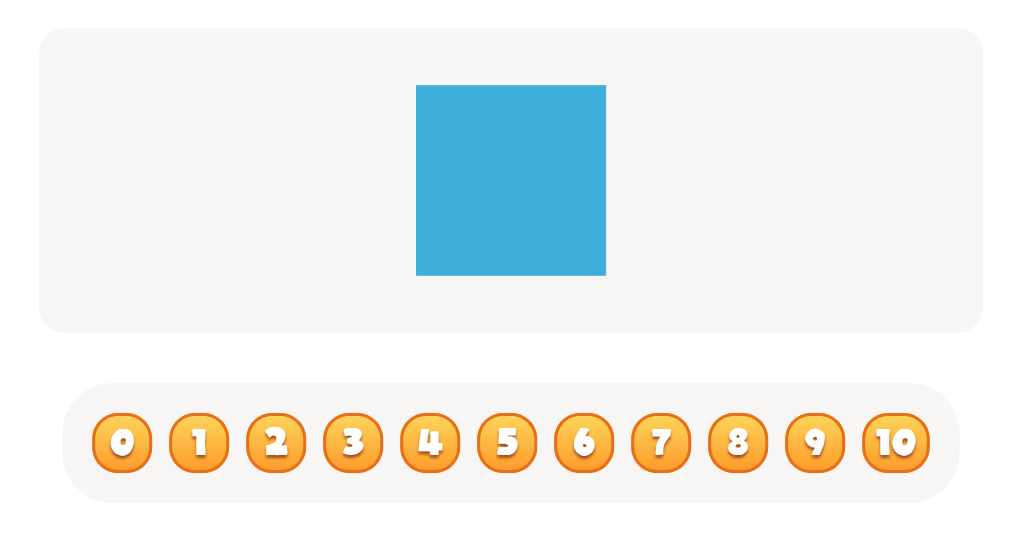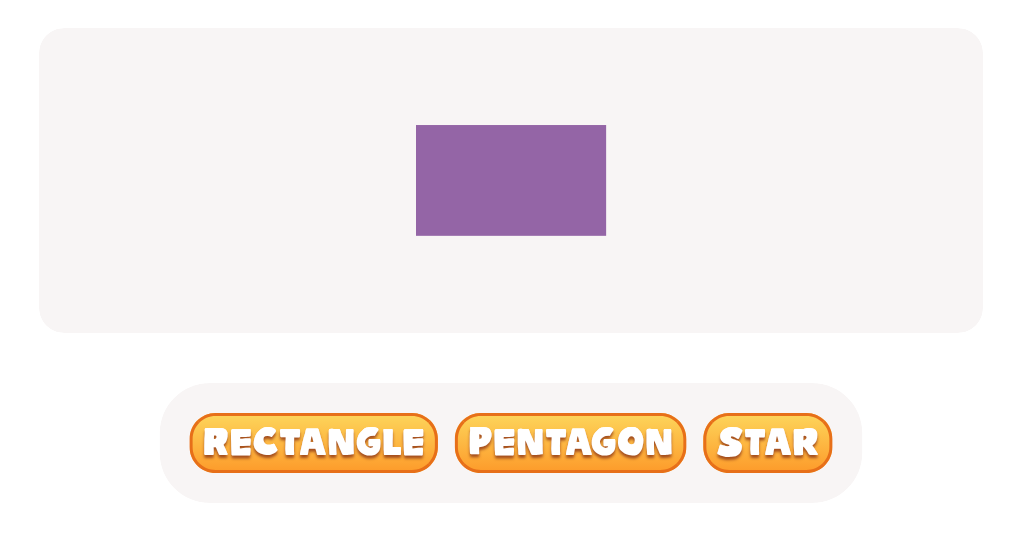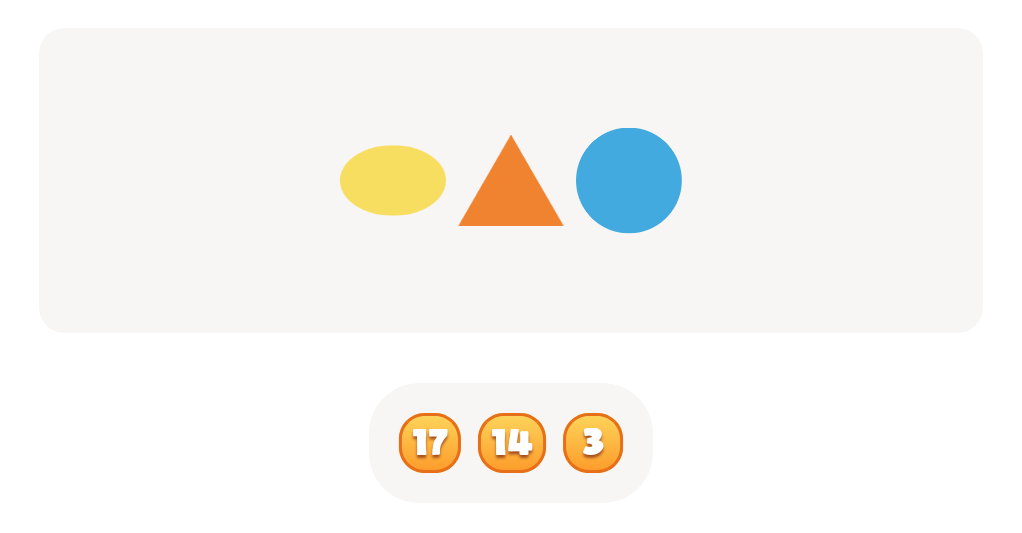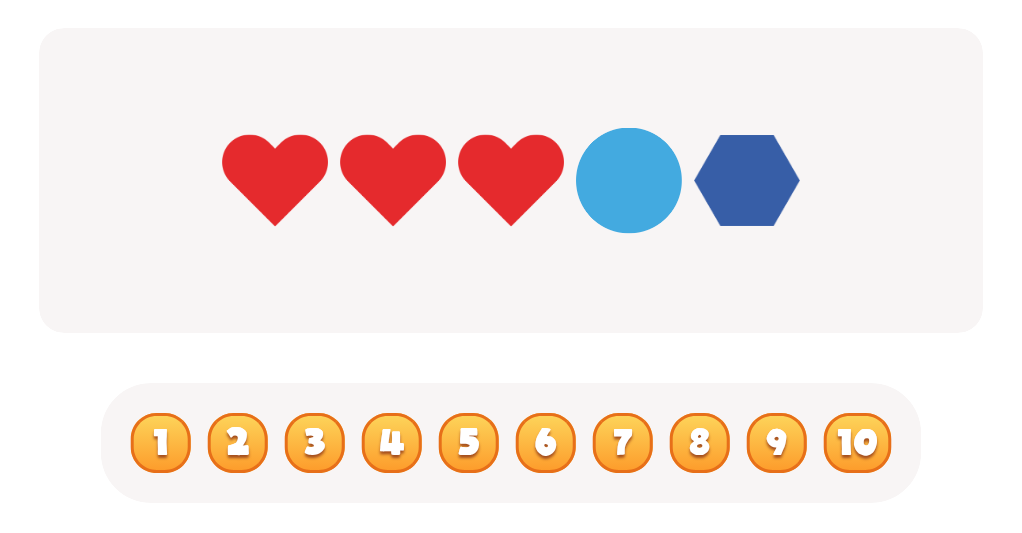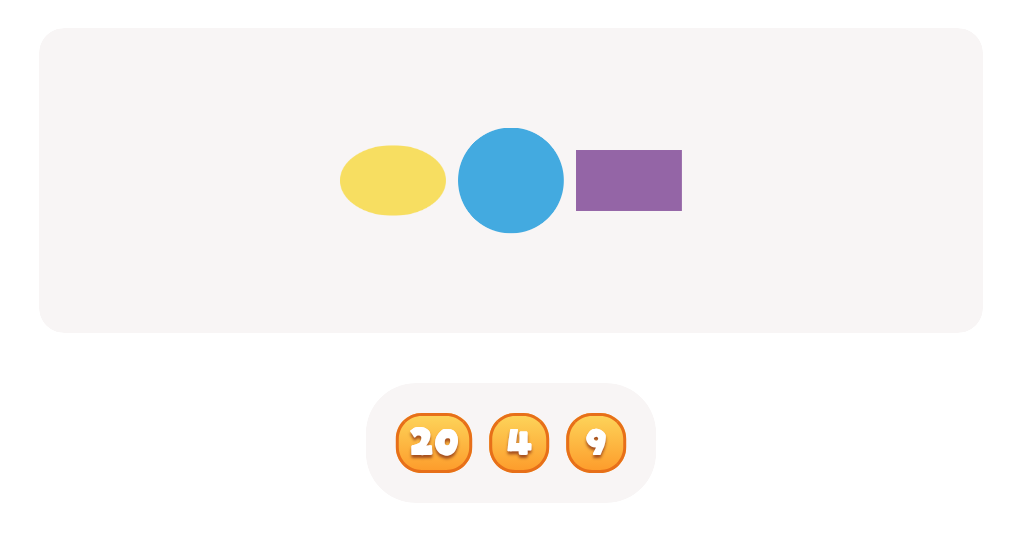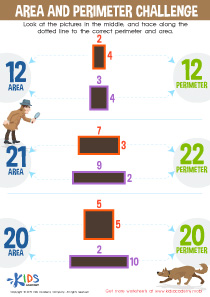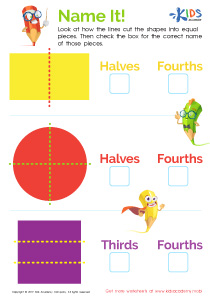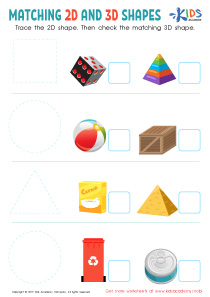Shape Recognition 2D Shapes Worksheets for Ages 4-7
33 filtered results
-
From - To
Introduce your child to the exciting world of geometry with our Shape Recognition 2D Shapes Worksheets for ages 4-7! Perfectly tailored for young learners, these worksheets make learning shapes fun and engaging. Each activity is designed to enhance shape identification, recognition, and comparison skills. Through vibrant illustrations and interactive exercises, children will explore circles, squares, triangles, and more, building a strong foundation for future math success. Our printable worksheets are an excellent resource for both teachers and parents, supporting classroom learning or extra practice at home. Help your little one master 2D shapes and spark a lifelong love for math!
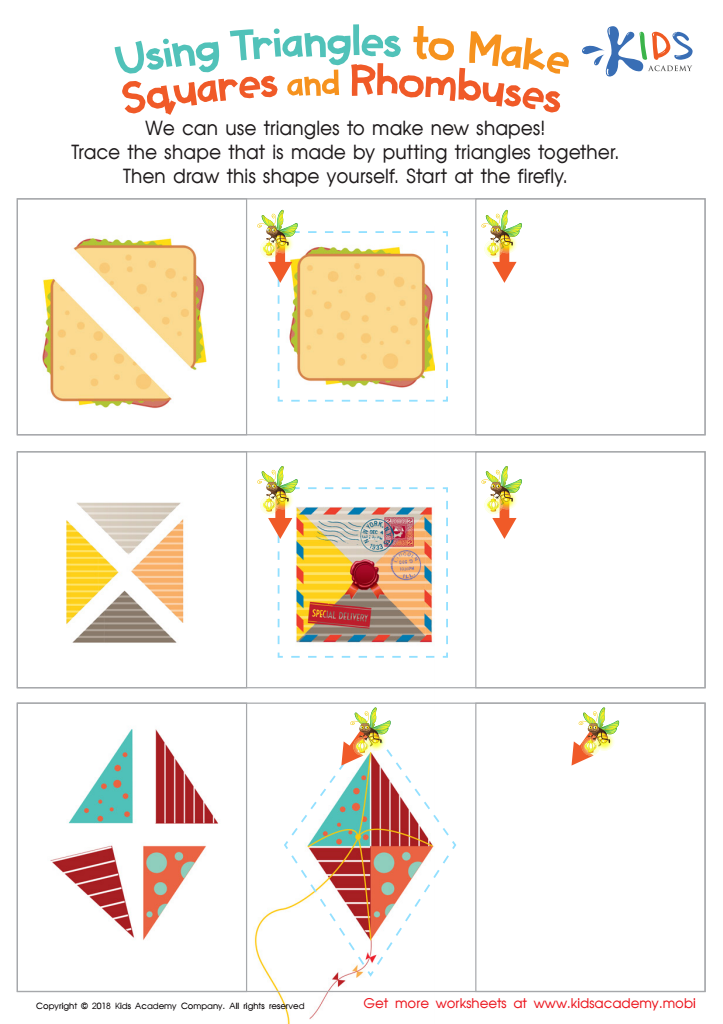

Using Triangles to Make Squares and Rhombuses Worksheet
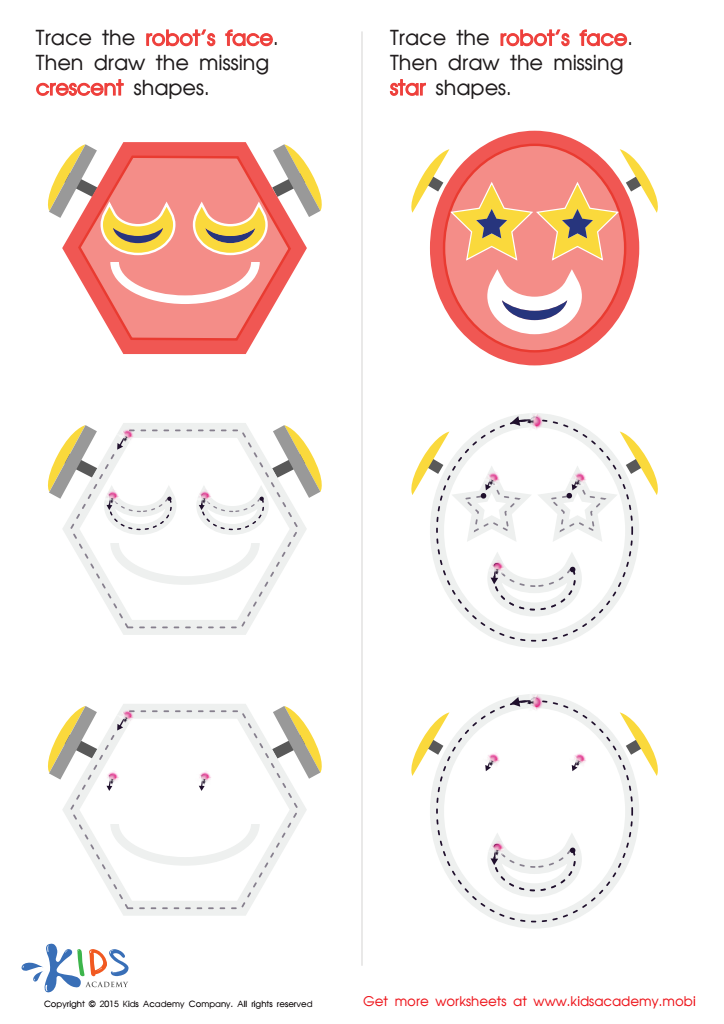

Composing a Robot's Face of Crescents And Stars Worksheet


Faces of 3D Shapes Worksheet
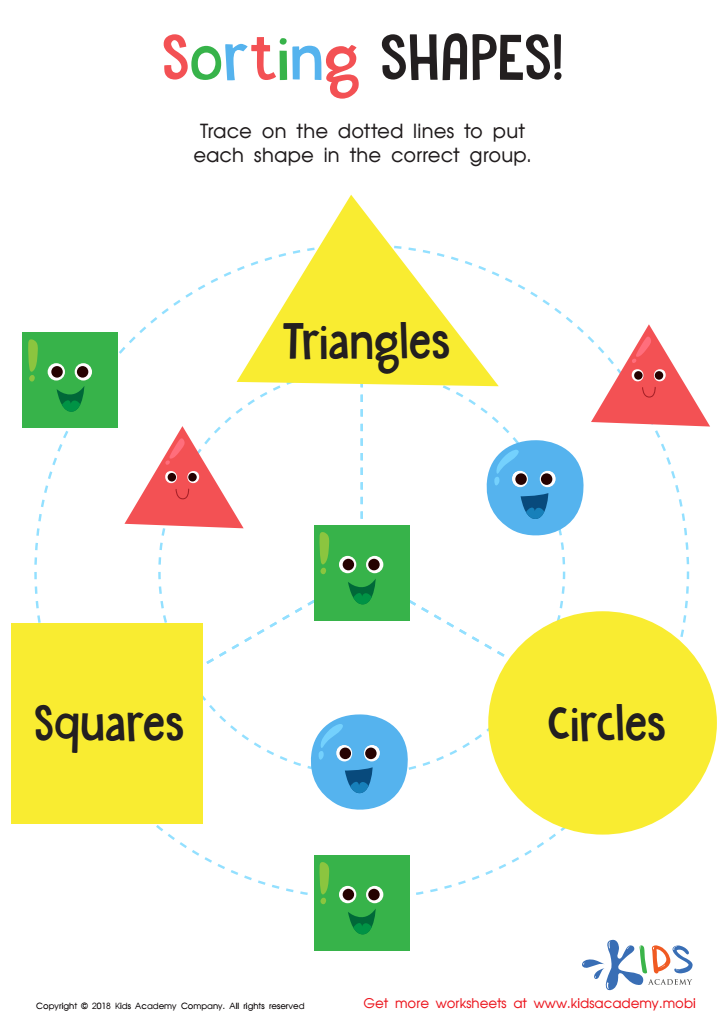

Sorting Shapes - Part 3 Worksheet
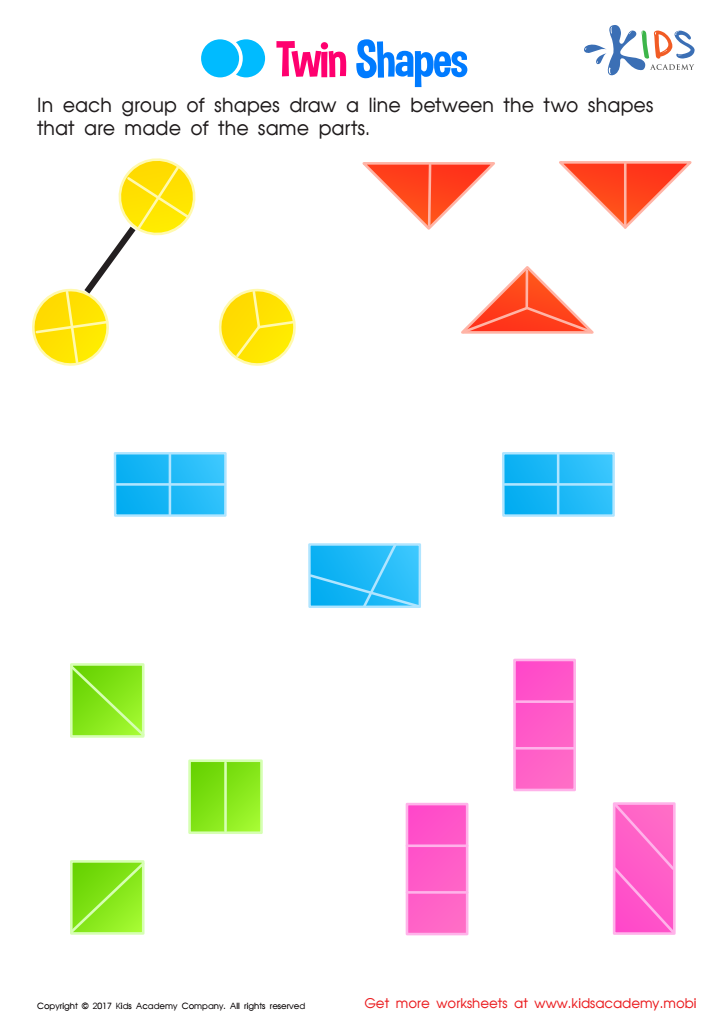

Twin Shapes Worksheet
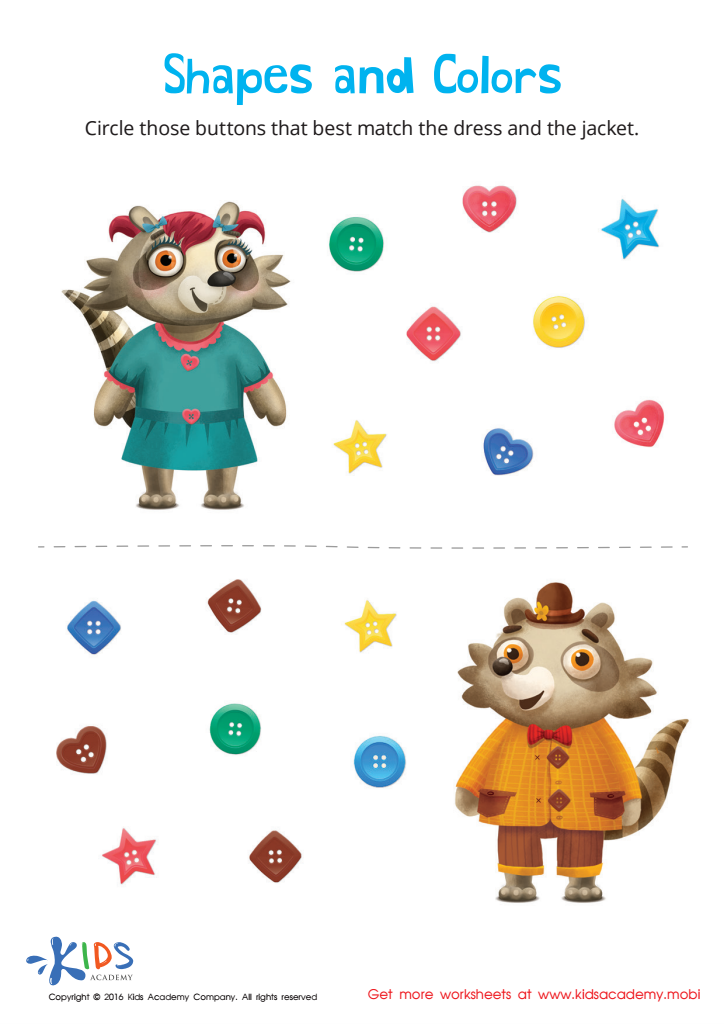

Matching: Shapes and Colors Worksheet
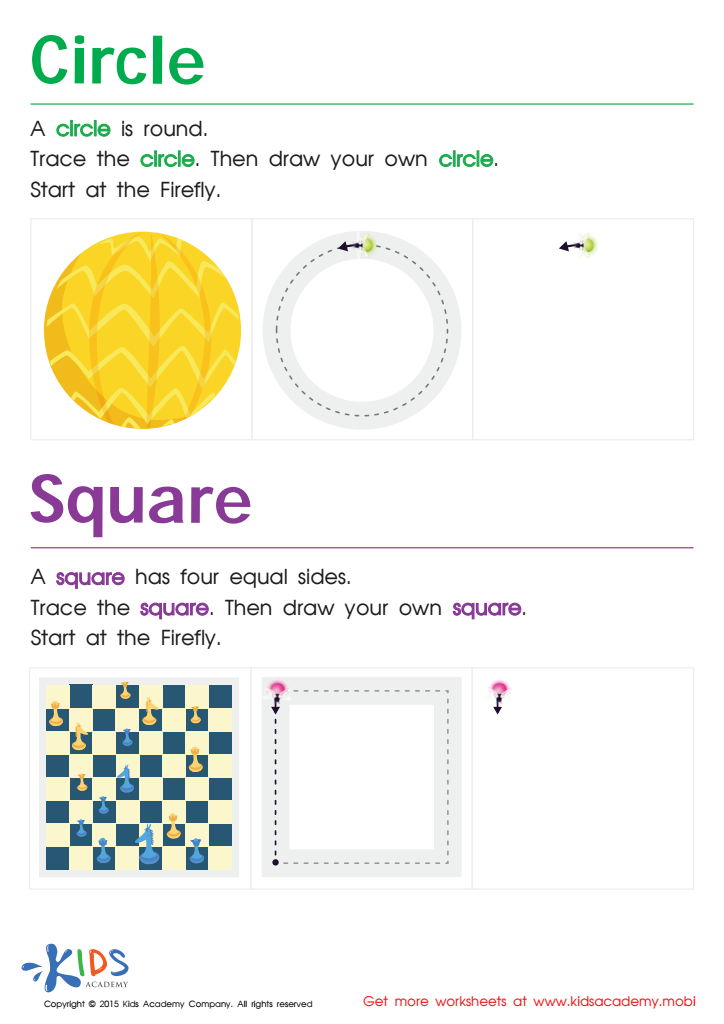

Trace And Draw a Circle And a Square Worksheet


Geometry – Assessment 1 Worksheet
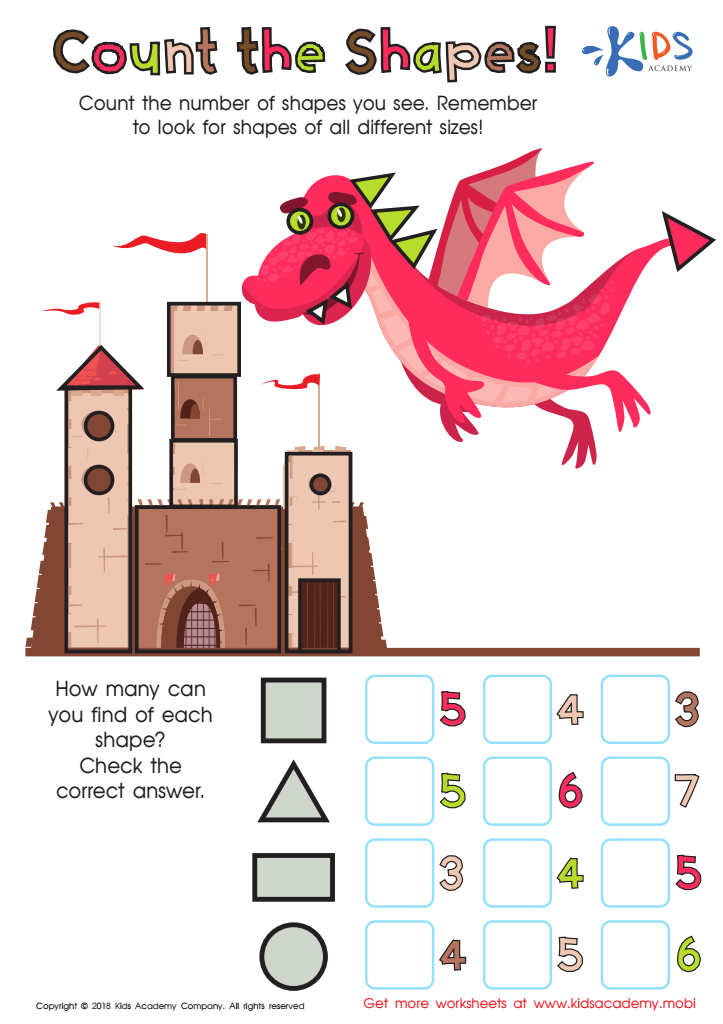

Count the Shapes Worksheet
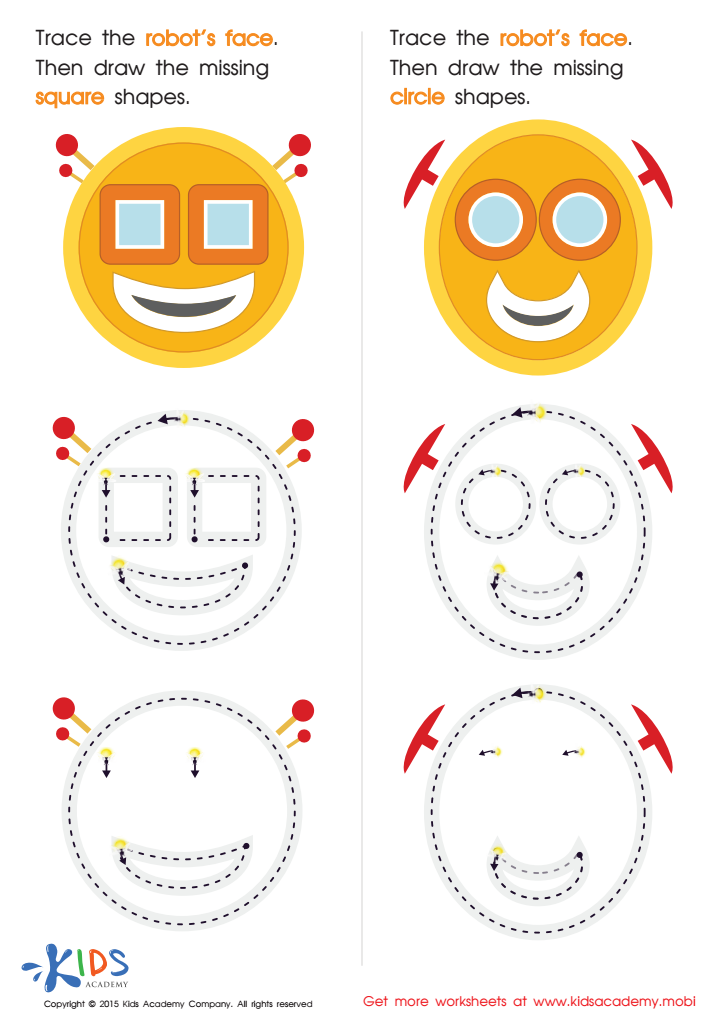

Practicing to Draw Circles And Squares Printable
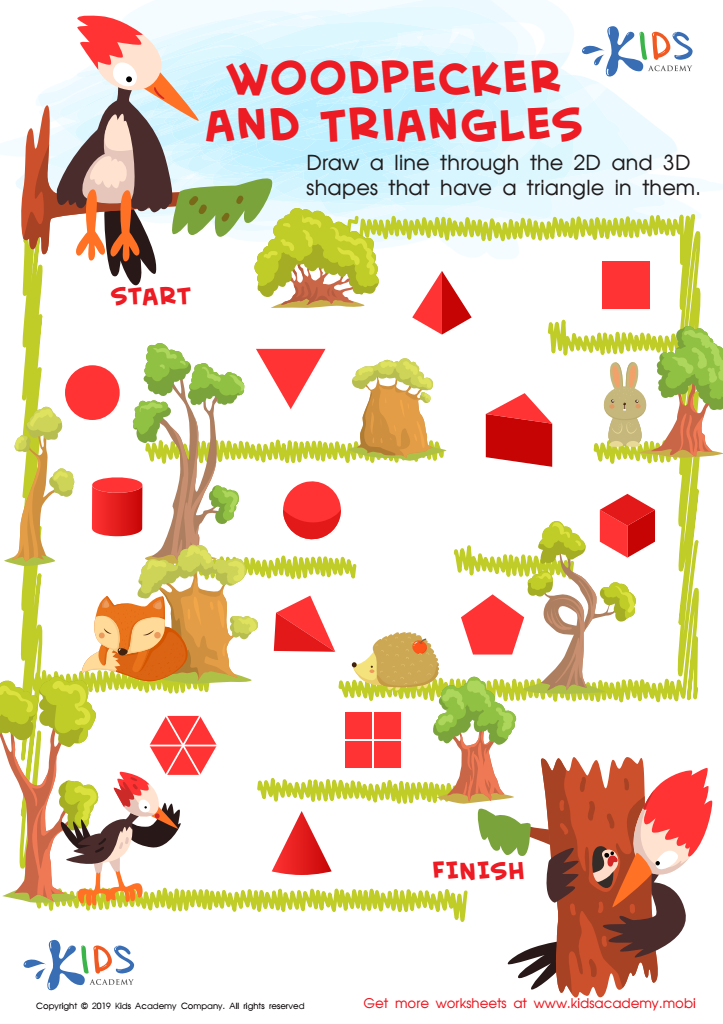

Woodpecker and Triangles Worksheet
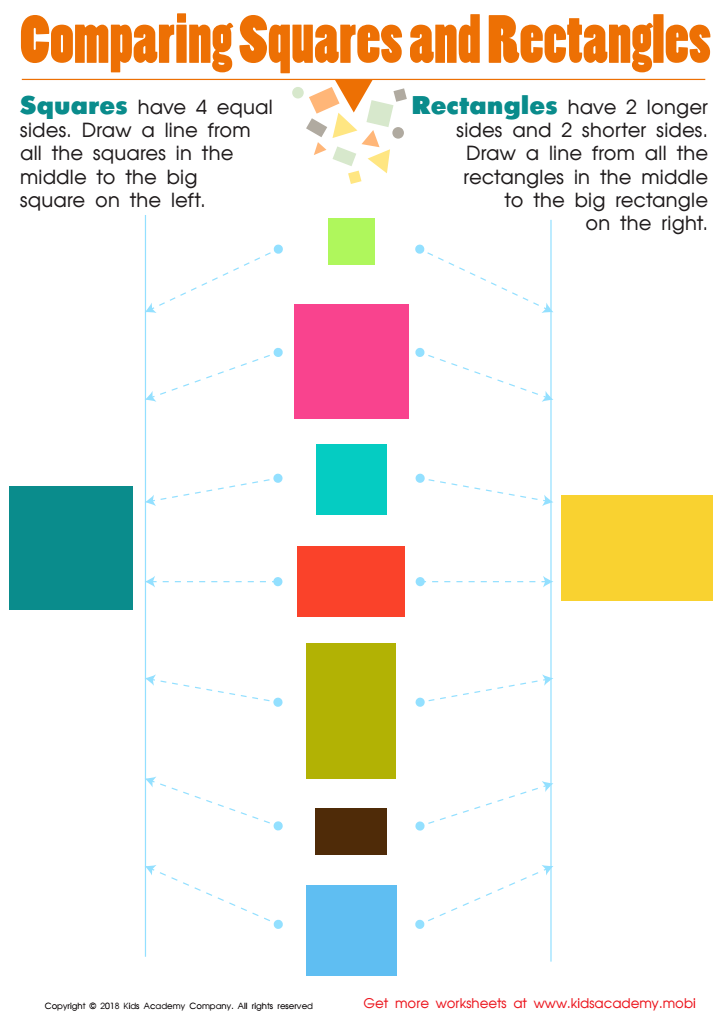

Comparing Squares Rectangles Worksheet
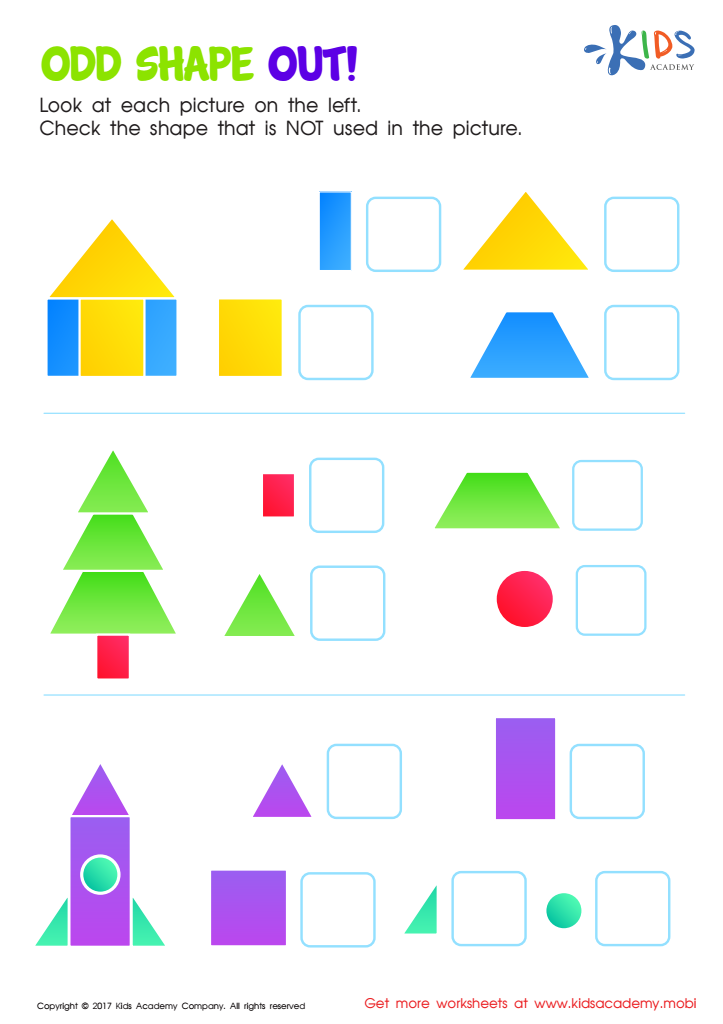

Odd Shape Out Worksheet for Grade 1
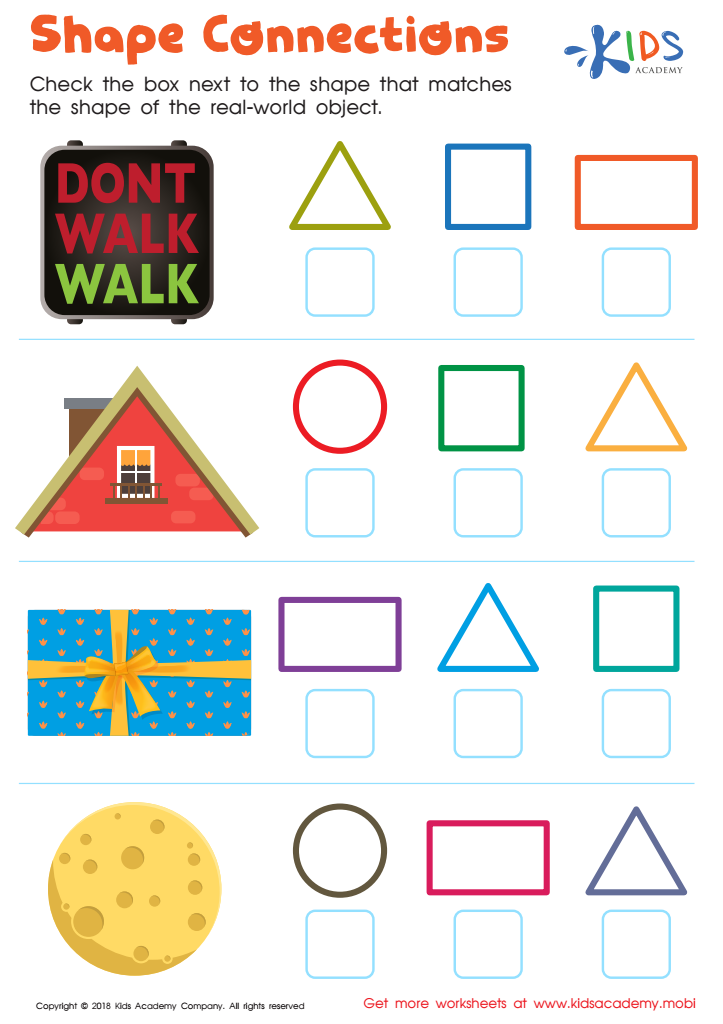

Shape Connections Worksheet
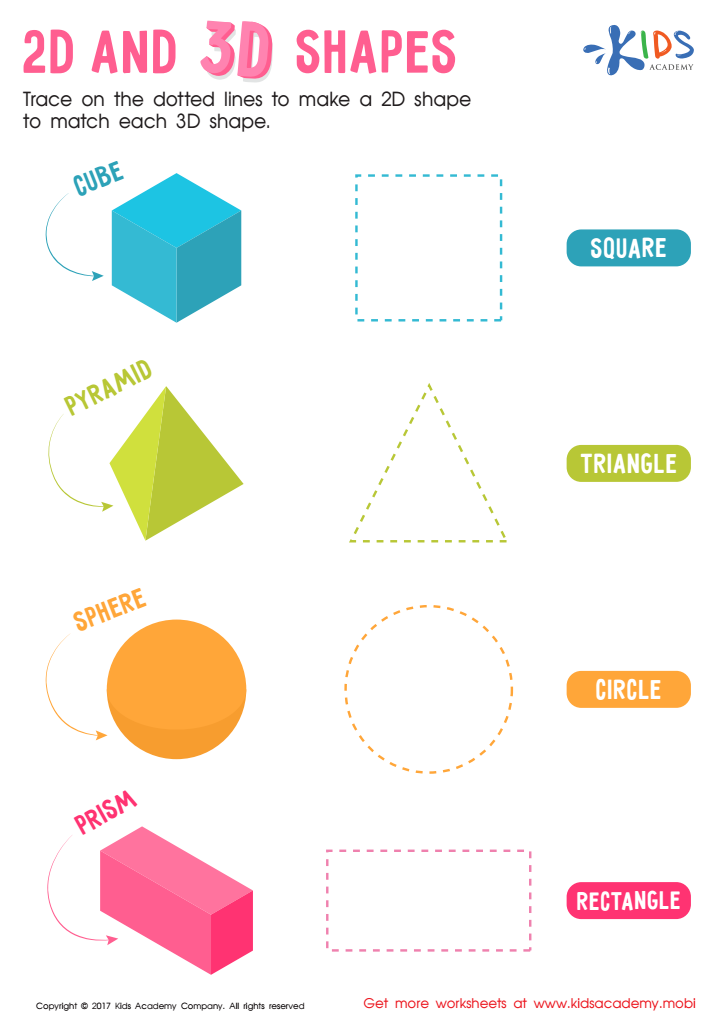

2D and 3D Shapes Worksheet
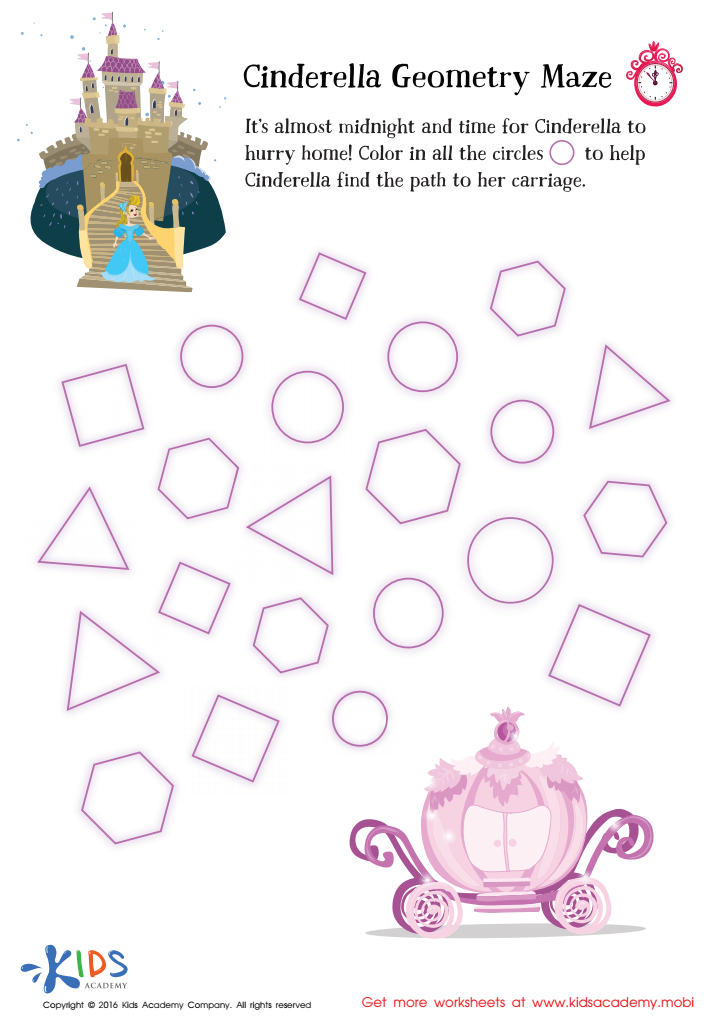

Cinderella Geometry Maze Worksheet


Preschool Geometry Match Up Worksheet


Learning to Draw Crescents And Triangles Worksheet
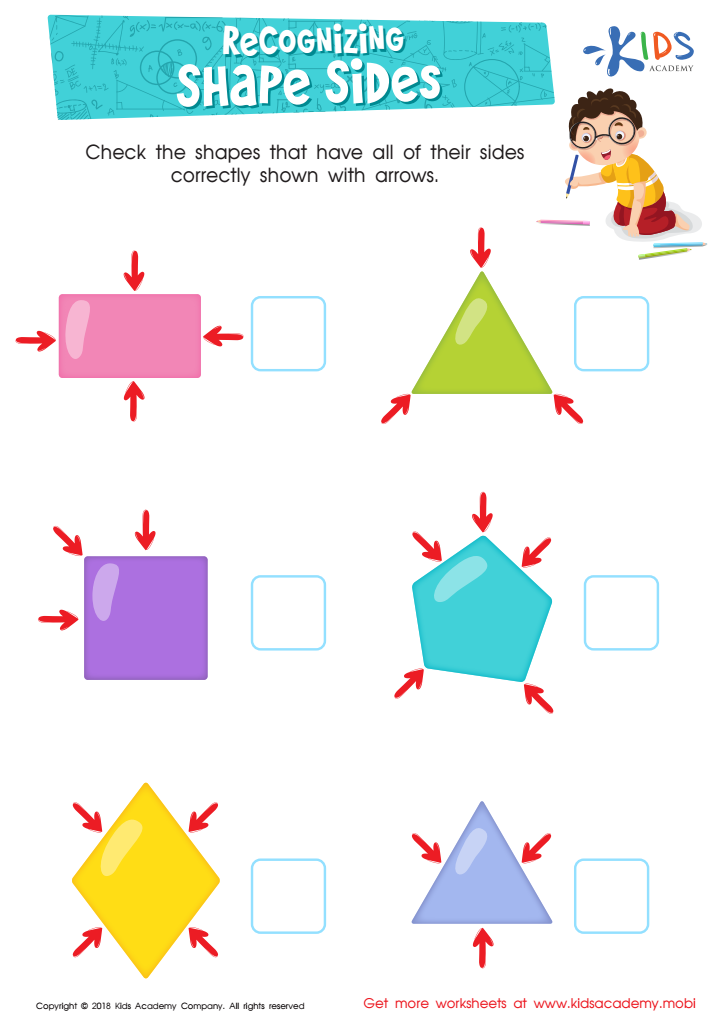

Recognizing Shape Sides Worksheet
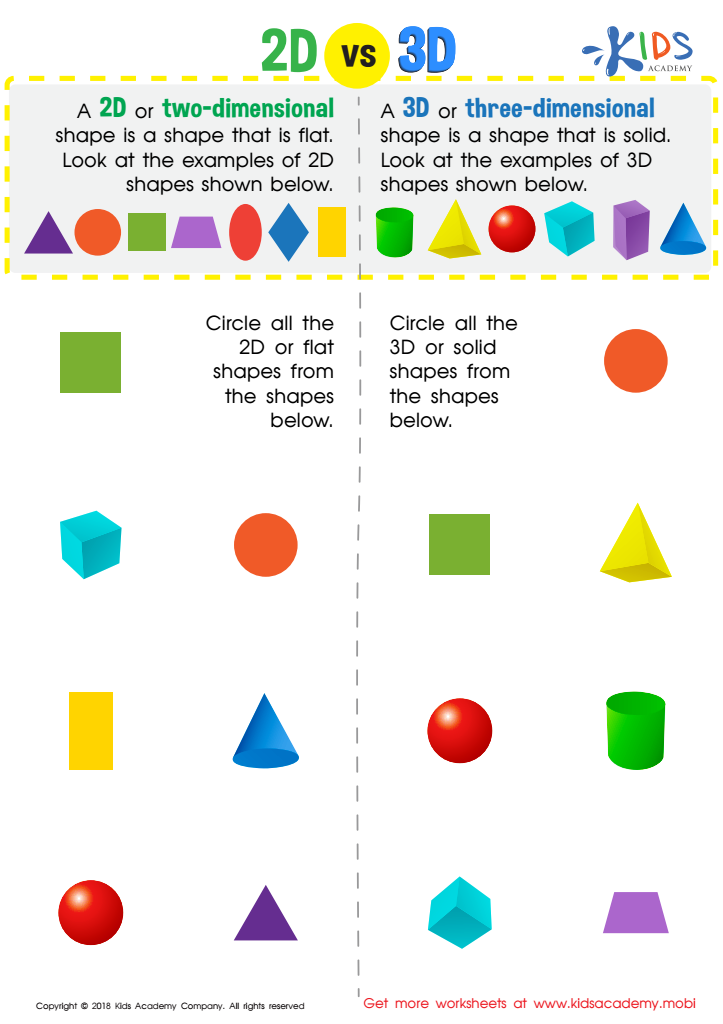

2D vs 3D Shapes Worksheet


Trace and Draw More Shapes Worksheet
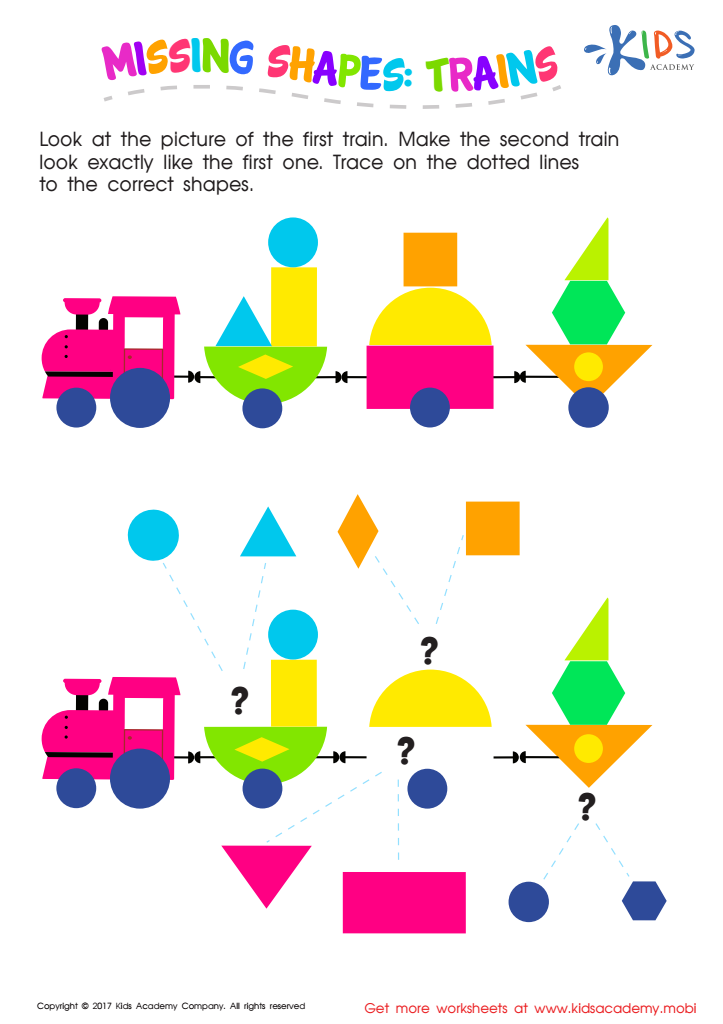

Missing Shapes: Trains Worksheet
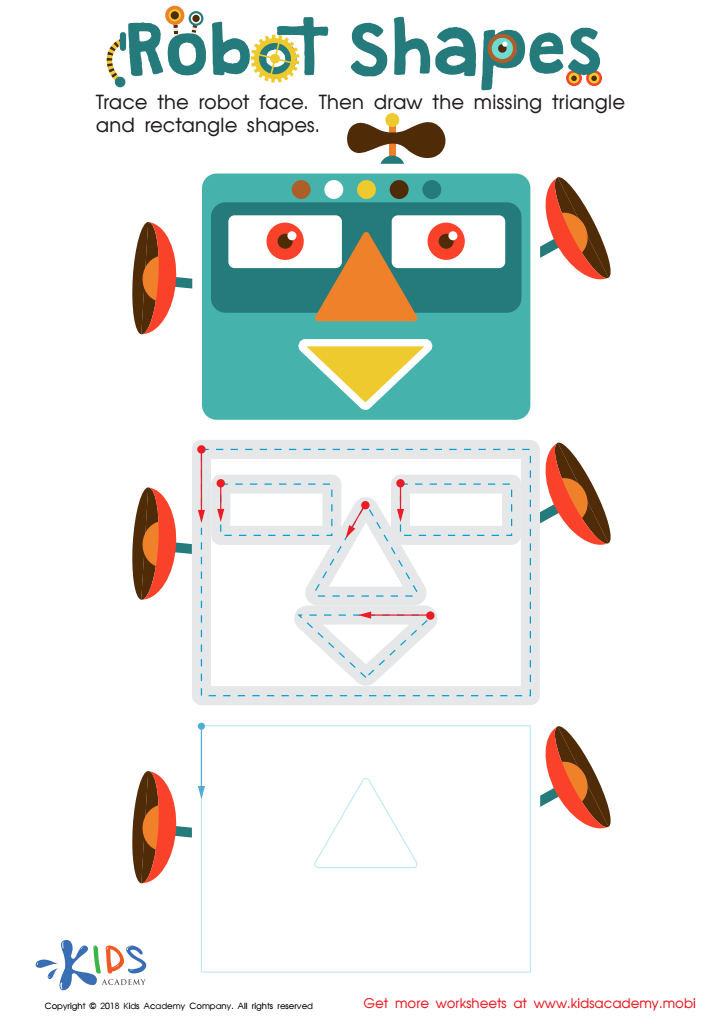

Robot Shapes Worksheet
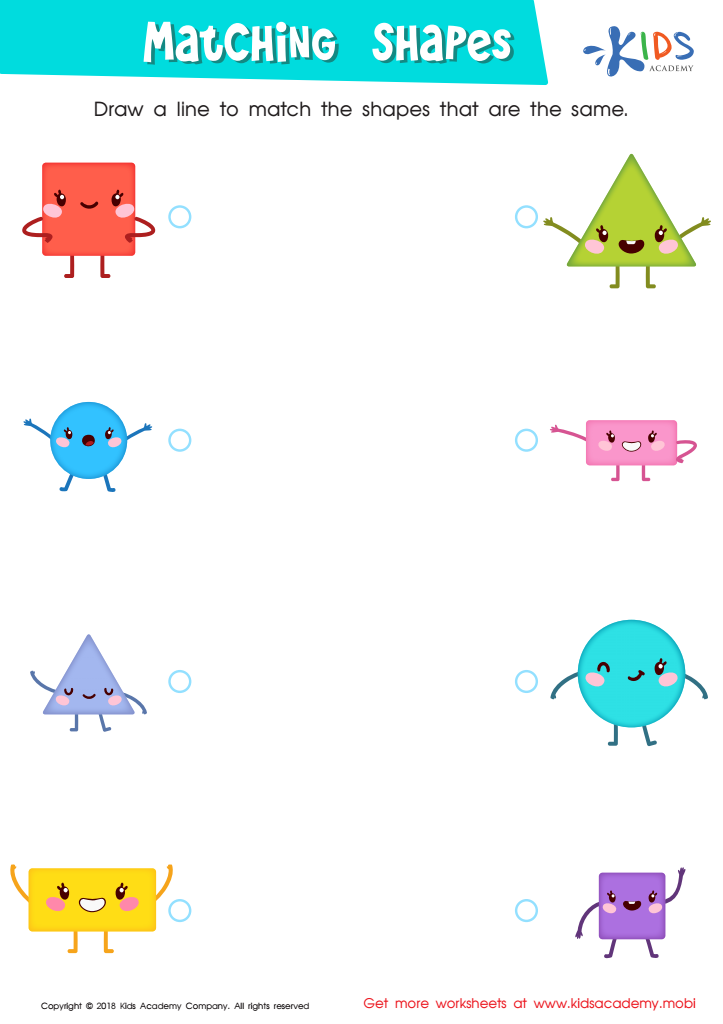

Matching Shapes Worksheet
Shape recognition of 2D shapes is a foundational skill crucial for children ages 4-7, and parents and teachers should emphasize its importance for several reasons. First, it forms the bedrock of early mathematical learning. Recognizing and understanding shapes fosters geometric awareness and introduces children to spatial reasoning, both of which are essential for later math skills, including problem-solving and logical reasoning.
Secondly, shape recognition contributes to a child's cognitive development. By identifying shapes, children develop categorization skills, which enhance their ability to group similar objects together and recognize patterns. These cognitive skills are transferable to other academic areas, enriching their overall learning experience.
Moreover, 2D shape recognition aids in language development. As children learn to name and describe different shapes, they expand their vocabulary and improve descriptive language abilities. This can boost their confidence in communicating and expressing ideas.
Socially and psychologically, mastering shape recognition can build self-esteem. Children often feel a sense of accomplishment when they accurately identify shapes, leading to greater confidence in their learning abilities.
In summary, fostering shape recognition in young children is crucial not only for their academic skills but also for cognitive growth, language development, and self-confidence. It creates a solid foundation for lifelong learning.
 Assign to My Students
Assign to My Students
